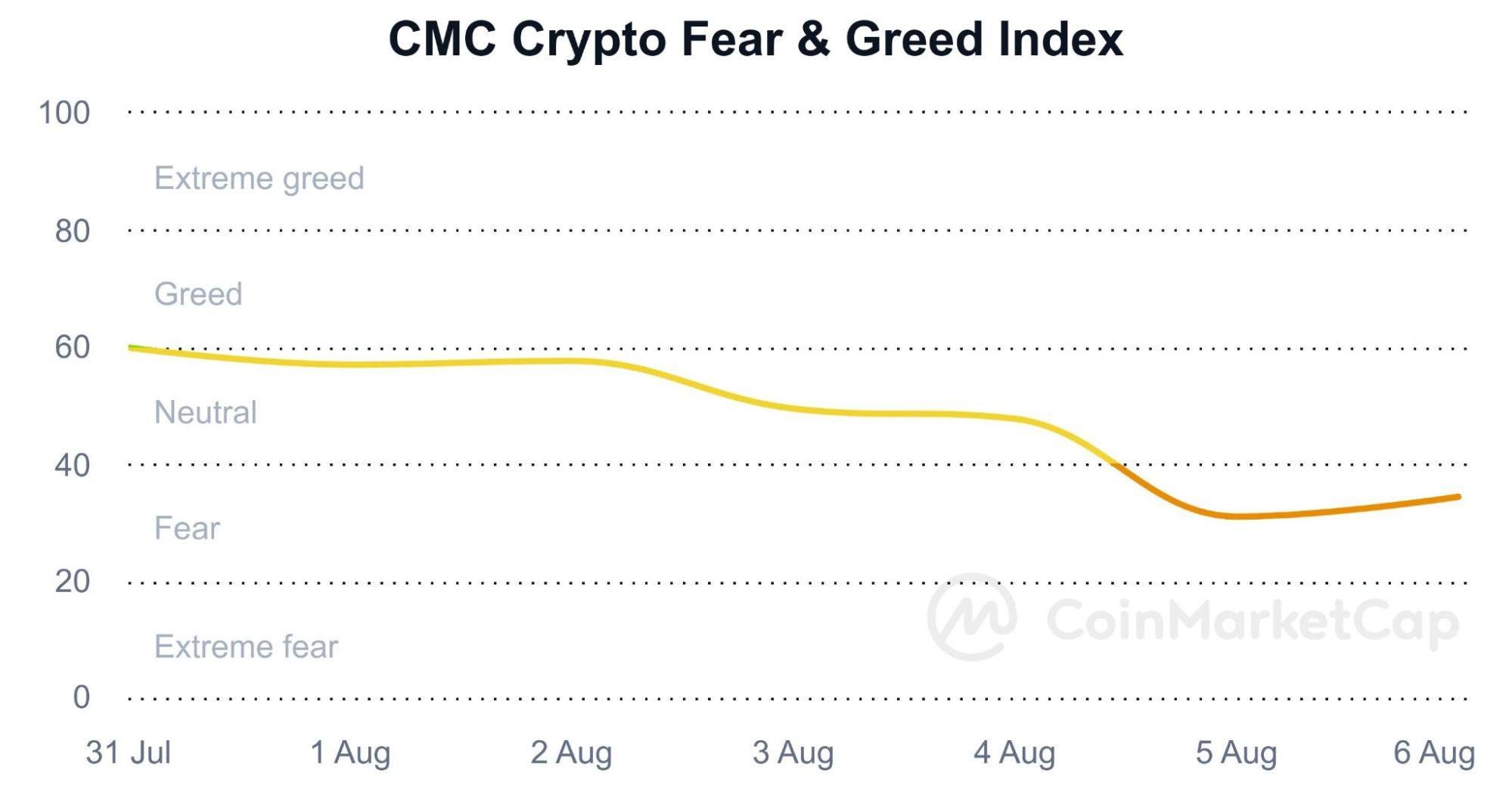Imagine a bustling city with a single, well-trodden path. As the city grows and evolves, so do the needs of its inhabitants. Some yearn for a faster route, while others desire a more scenic path. This, in essence, illustrates the concept of a cryptocurrency fork.
In the world of cryptocurrencies, a fork represents a pivotal juncture where a blockchain’s code diverges, leading to significant changes in its protocol. This article delves into the intricacies of cryptocurrency forks, exploring their types, implications, and the reasons behind their occurrence.
Deciphering Cryptocurrency Forks
At its core, a cryptocurrency fork signifies a software update to a blockchain’s protocol. These updates can range from minor tweaks to substantial overhauls, each carrying profound implications for the cryptocurrency’s functionality and future.
Think of a blockchain as a digital ledger meticulously recording every transaction across a network of computers. This ledger operates on a predefined set of rules, known as the protocol. A fork essentially introduces a new set of rules, either complementing or diverging from the original ones.
The Genesis of a Fork: Why Do They Occur?
Cryptocurrency forks are not arbitrary events; they arise from a confluence of factors, often stemming from the decentralized nature of blockchain technology. Here are some key drivers:
Enhancing Functionality: As technology advances, developers continuously seek ways to improve blockchain networks. This includes enhancing security, increasing transaction speed, or expanding the network’s capabilities. Forks provide a mechanism to implement these upgrades.
Resolving Disagreements: The decentralized nature of cryptocurrencies fosters a diverse community with varying viewpoints. When disagreements arise regarding a blockchain’s direction, a fork can offer a way to accommodate different perspectives and potentially create a new path.
Addressing Security Loopholes: Security is paramount in the cryptocurrency realm. When vulnerabilities are detected, forks can serve as a tool to patch these loopholes and enhance the network’s overall security.
Soft Forks vs. Hard Forks: Delving into the Nuances
Cryptocurrency forks are broadly categorized into two primary types: soft forks and hard forks. Understanding the distinction between these is crucial for grasping the impact of a fork.
Soft Forks: A Backward-Compatible Evolution
A soft fork introduces changes to the blockchain’s protocol that are backward-compatible. This means that even nodes (computers on the network) that haven’t upgraded to the new rules can still participate in validating and processing transactions.
Think of a soft fork as an update to a software application that doesn’t render older versions obsolete. Users of the older version can still interact with those using the updated version, albeit with some limitations.
Hard Forks: Paving a New Path
In contrast to soft forks, hard forks implement changes so substantial that they create an irreversible split in the blockchain. This results in two separate and incompatible blockchains, each adhering to its own set of rules.
Visualize a hard fork as a fork in a road, leading to two distinct destinations. Once the fork occurs, the two blockchains operate independently, and transactions on one chain are not reflected on the other.
Illustrative Examples: Bitcoin’s Forking Journey
Bitcoin, the pioneer of cryptocurrencies, has experienced both soft and hard forks throughout its evolution. Let’s delve into two notable instances:
SegWit: A Soft Fork for Enhanced Efficiency
In 2017, Bitcoin underwent a significant soft fork known as Segregated Witness (SegWit). This upgrade aimed to address scalability issues and enhance the network’s efficiency. SegWit introduced a method to optimize how transaction data is stored on the blockchain, effectively increasing its capacity and reducing transaction fees.
Bitcoin Cash: A Hard Fork Sparking Debate
The same year witnessed a contentious hard fork that resulted in the birth of Bitcoin Cash. This fork stemmed from disagreements within the Bitcoin community regarding the block size limit. Proponents of Bitcoin Cash argued for a larger block size to facilitate faster and cheaper transactions. This hard fork led to the creation of a new blockchain with its own cryptocurrency, Bitcoin Cash.
The Ripple Effect: Potential Benefits and Inherent Risks
Cryptocurrency forks, while driven by the pursuit of improvement, come with their own set of potential benefits and inherent risks.
Potential Benefits:
Fostering Innovation: Forks can ignite a wave of innovation by enabling developers to experiment with new ideas and solutions. This competition can lead to advancements that benefit the broader cryptocurrency ecosystem.
Empowering Choice: Hard forks, in particular, offer users and miners the power to choose which blockchain they believe aligns better with their vision and values.
Enhancing Network Security: Forks can be instrumental in patching security vulnerabilities and strengthening a blockchain’s resilience against attacks.
Inherent Risks:
Community Fragmentation: Hard forks can fragment the community, leading to confusion and potentially diminishing the network effect of the original blockchain.
Market Volatility: Forks can introduce price volatility, especially in the short term, as the market adjusts to the new dynamics of the forked chains.
Security Concerns: A fragmented network can sometimes lead to reduced security, as the hash rate (computing power securing the network) is distributed across multiple chains.
Navigating the Forking Landscape: A Prudent Approach
As the cryptocurrency landscape continues to evolve, understanding forks is paramount. Investors and enthusiasts should approach forks with a discerning eye, considering the following:
Thorough Research: Conduct in-depth research into the reasons behind a fork, the proposed changes, and the potential implications for the cryptocurrency’s future.
Security Assessment: Evaluate the security implications of the fork, especially in the case of hard forks, as they can impact the network’s vulnerability to attacks.
Long-Term Vision: Consider the long-term vision of the development team and the community supporting the fork. A strong and aligned community can contribute to the success of a forked chain.
Cryptocurrency forks are a testament to the dynamic and ever-evolving nature of this transformative technology. By comprehending their nuances and approaching them with a balanced perspective, investors and enthusiasts can navigate the exciting, albeit complex, world of cryptocurrencies.


